Rising Demand for E-commerce
The surge in e-commerce activities in the US has led to an increased demand for efficient logistics solutions, thereby impacting the iso shipping-container market. As online shopping continues to grow, retailers require more shipping containers to transport goods from warehouses to consumers. In 2025, e-commerce sales in the US are projected to reach approximately $1 trillion, indicating a robust market for shipping solutions. This trend necessitates the availability of iso shipping containers to meet the logistical challenges posed by rapid delivery expectations. Consequently, the iso shipping-container market is likely to experience significant growth as businesses adapt to the evolving landscape of consumer behavior.
Growth in International Trade
The growth in international trade is a pivotal driver for the iso shipping-container market. As the US engages in trade agreements and expands its export capabilities, the need for reliable shipping solutions becomes paramount. In 2025, US exports are anticipated to reach $1.5 trillion, necessitating a robust supply of iso shipping containers to accommodate the increased volume of goods being transported. This trend underscores the importance of the iso shipping-container market in facilitating global commerce. The ability to efficiently move products across borders is crucial for maintaining competitive advantages in the international marketplace.
Adoption of Modular Construction
The rising trend of modular construction in the US is influencing the iso shipping-container market. As more construction companies adopt modular building techniques, the demand for shipping containers as building materials is increasing. These containers are repurposed for various applications, including housing and commercial spaces. The modular construction market is projected to grow at a CAGR of 6% through 2025, indicating a substantial opportunity for the iso shipping-container market. This shift not only diversifies the applications of shipping containers but also promotes sustainability by repurposing existing materials.
Infrastructure Development Projects
Ongoing infrastructure development projects across the US are contributing to the expansion of the iso shipping-container market. Investments in ports, highways, and rail systems enhance the efficiency of freight transportation, thereby increasing the demand for shipping containers. The US government has allocated substantial funding for infrastructure improvements, with an estimated $1.2 trillion earmarked for various projects. This investment is expected to facilitate smoother logistics operations, leading to a higher utilization of iso shipping containers. As infrastructure continues to evolve, the iso shipping-container market stands to benefit from enhanced connectivity and reduced transit times.
Increased Focus on Supply Chain Resilience
The heightened focus on supply chain resilience is driving changes in the iso shipping-container market. Companies are reevaluating their logistics strategies to mitigate risks associated with disruptions. This shift is leading to a greater emphasis on maintaining adequate inventories and utilizing shipping containers for storage solutions. In 2025, it is estimated that 70% of US companies will prioritize supply chain resilience, which will likely result in increased demand for iso shipping containers. The iso shipping-container market is thus positioned to play a crucial role in supporting businesses as they adapt to new supply chain dynamics.


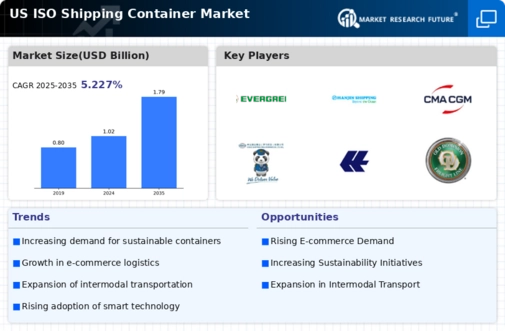
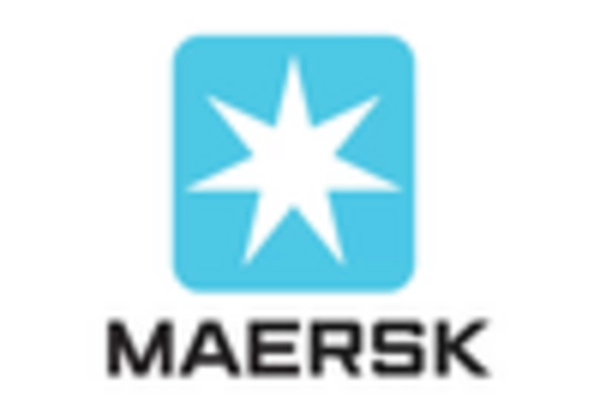

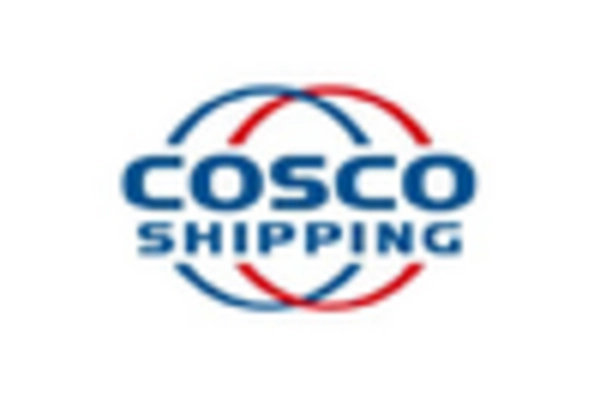
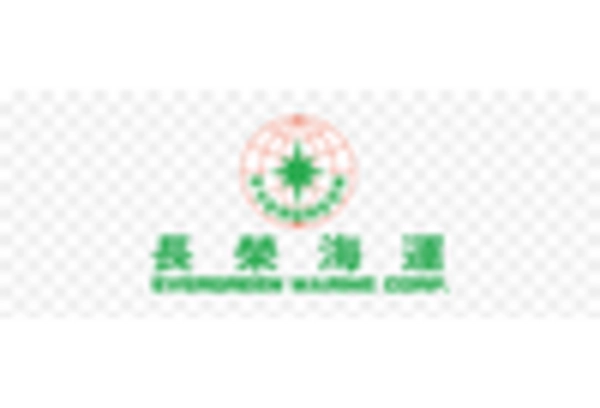
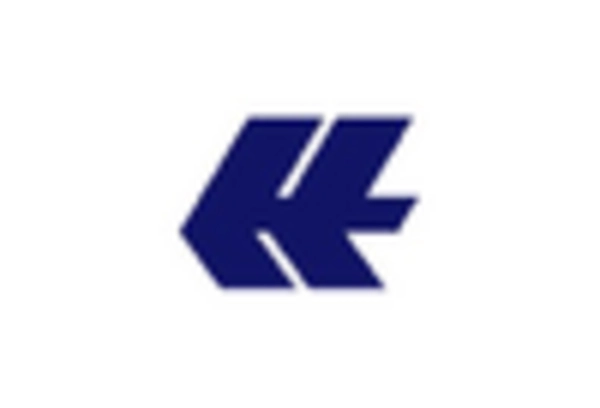
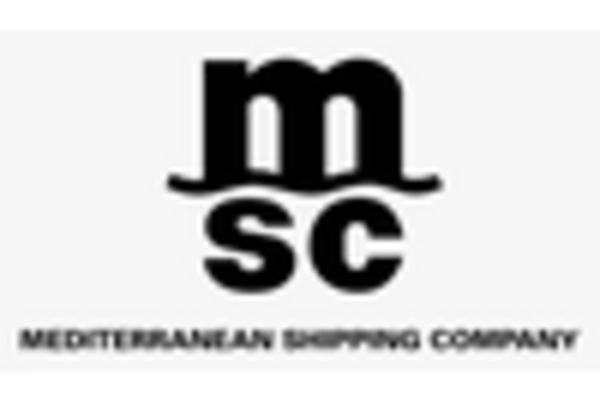








Leave a Comment